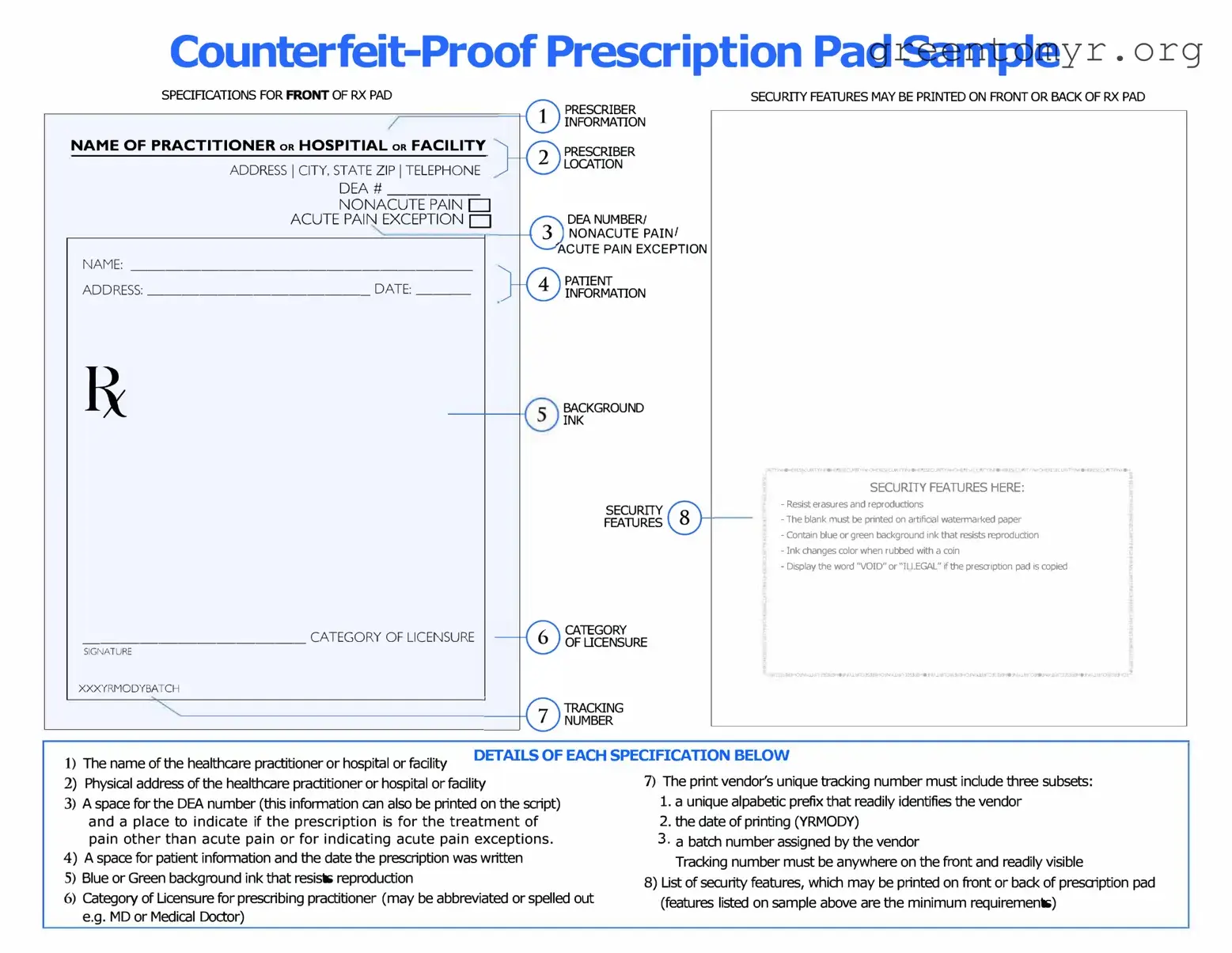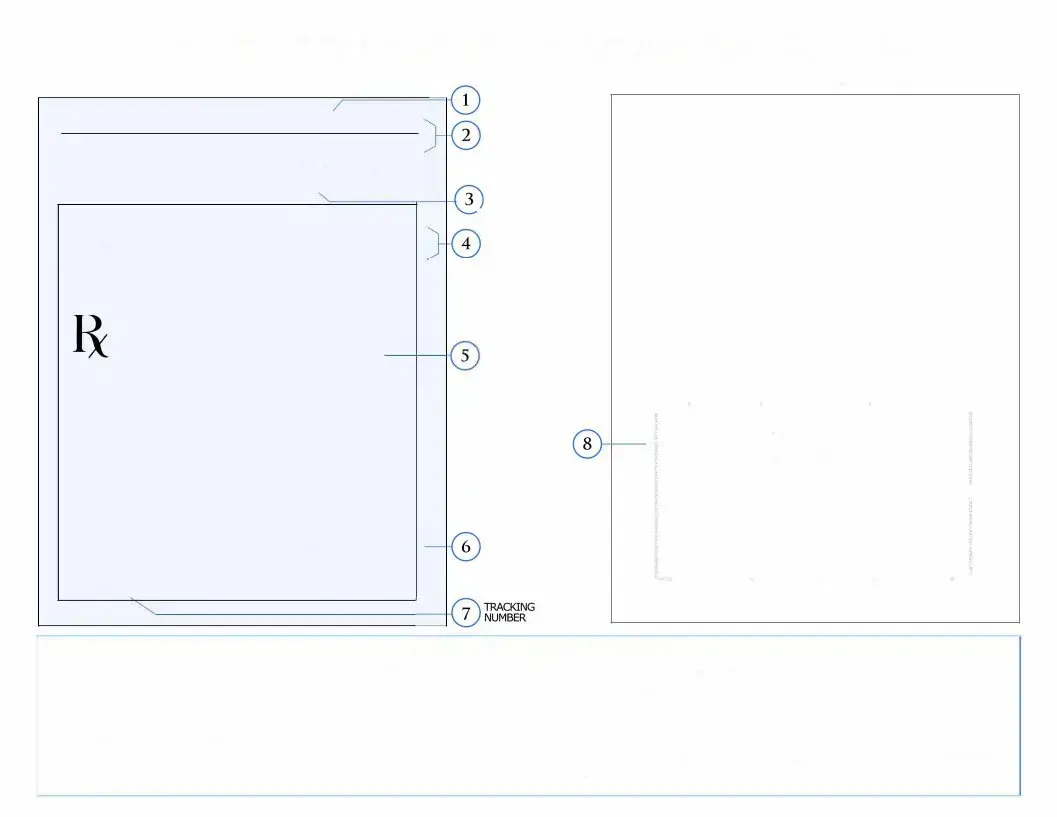Completing a Prescription Pad form accurately is crucial for ensuring that patients receive the correct medications in a timely manner. However, many people make common mistakes that can lead to issues with prescriptions. One frequent error is not providing the patient's full name. This information is essential for the pharmacy to identify the individual clearly. Without this detail, there can be confusion and delays in filling the prescription.
Another mistake often observed is the omission of the patient's date of birth. Including this information helps to confirm the patient's identity and is especially important when medications are age-sensitive. Additionally, failing to include clear dosage instructions can create complications for both the patient and the pharmacist. Instructions should specify the amount and frequency of medication, leaving no room for misinterpretation.
Some individuals may neglect to sign the prescription pad. A signature can authenticate the request and is a necessary part of the process. If there is no signature, the pharmacy may not fill the prescription, leading to unnecessary delays in obtaining crucial medications. Furthermore, forgetting to specify the quantity of medication can cause additional work. The pharmacist may need to contact the prescriber for clarification before processing the order.
Another common mistake involves using unclear handwriting. If the prescriber’s handwriting is difficult to read, pharmacists may misinterpret the instructions or medication name, potentially endangering the patient’s health. It's also important to use the correct prescription form for the specific medication type, as using an outdated or incorrect form can result in rejection from the pharmacy.
Users sometimes fail to check for any allergies or contraindications that should be noted on the form. Including any allergies helps avoid serious adverse reactions and ensures patient safety. Moreover, when issuing refills, forgetting to indicate the number of authorized refills can complicate the process. Pharmacies operate on clear guidelines, and ambiguity can lead to confusion.
In conclusion, paying attention to details when filling out a Prescription Pad form is vital. By ensuring that all necessary information is included and presented clearly, individuals can contribute to a smoother and safer prescription process.

